A landmark study published in Cell has shown that prime editing, a cutting-edge form of gene editing, can correct mutations causing Alternating Hemiplegia of Childhood (AHC) with a single in-brain injection. The research team fixed the most prevalent ATP1A3 gene mutations in mouse models, reducing symptoms and more than doubling survival, a first-of-its-kind success in treating a neurological disease directly in the brain. CRISPR-based gene editing was delivered through an harmless adeno-associated virus called AAV9. In parallel, patient-derived cells (iPSCs) responded similarly, reinforcing the method’s promise for human translation. Importantly, this success opens the door to targeting other genetic brain disorders previously deemed untreatable. Although results are preliminary, this study provides robust proof‑of‑concept for personalized gene editing in the brain and opens doors toward potential treatments for other intractable genetic neurological disorders.



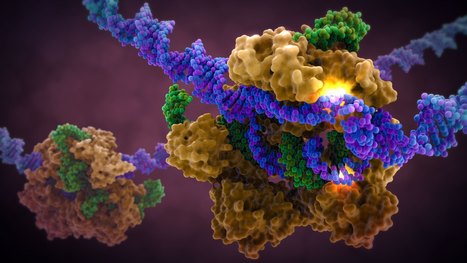


 Your new post is loading...
Your new post is loading...




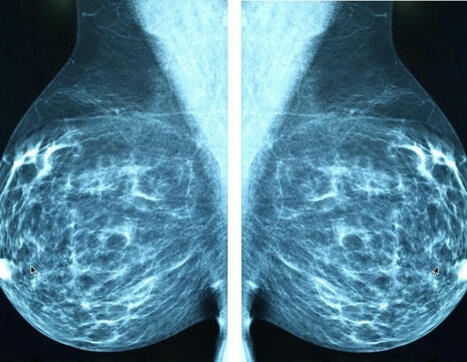


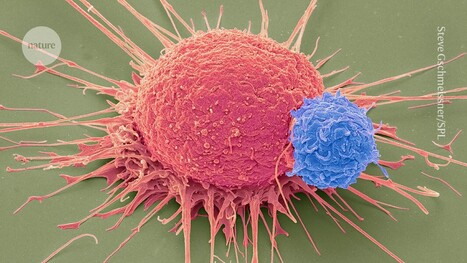



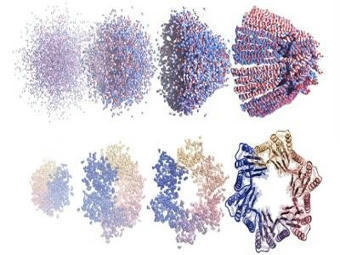




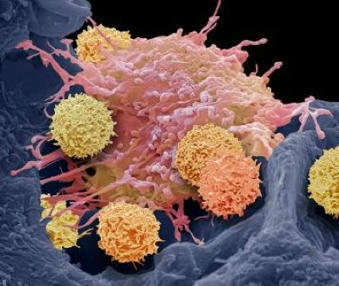



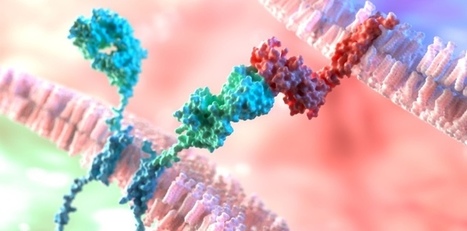







For decades, scientists have debated whether methyl groups are simply debris that accumulates in the genome where genes are turned off, or the actual cause of gene repression. Now, researchers have shown in a recent paper published in Nature Communications that removing these tags can reactivate genes, confirming that methylation is not only correlated with silencing, but directly responsible for it. A third generation of CRISPR, called epigenetic editing, examines the surface of genes present in the nucleus of every cell in the body. Rather than cutting strands of DNA to remove or modify defective genes, this method removes the methyl groups attached to inhibited or suppressed genes. This new generation of CRISPR technology offers a safer way to treat genetic diseases such as sickle cell anemia.